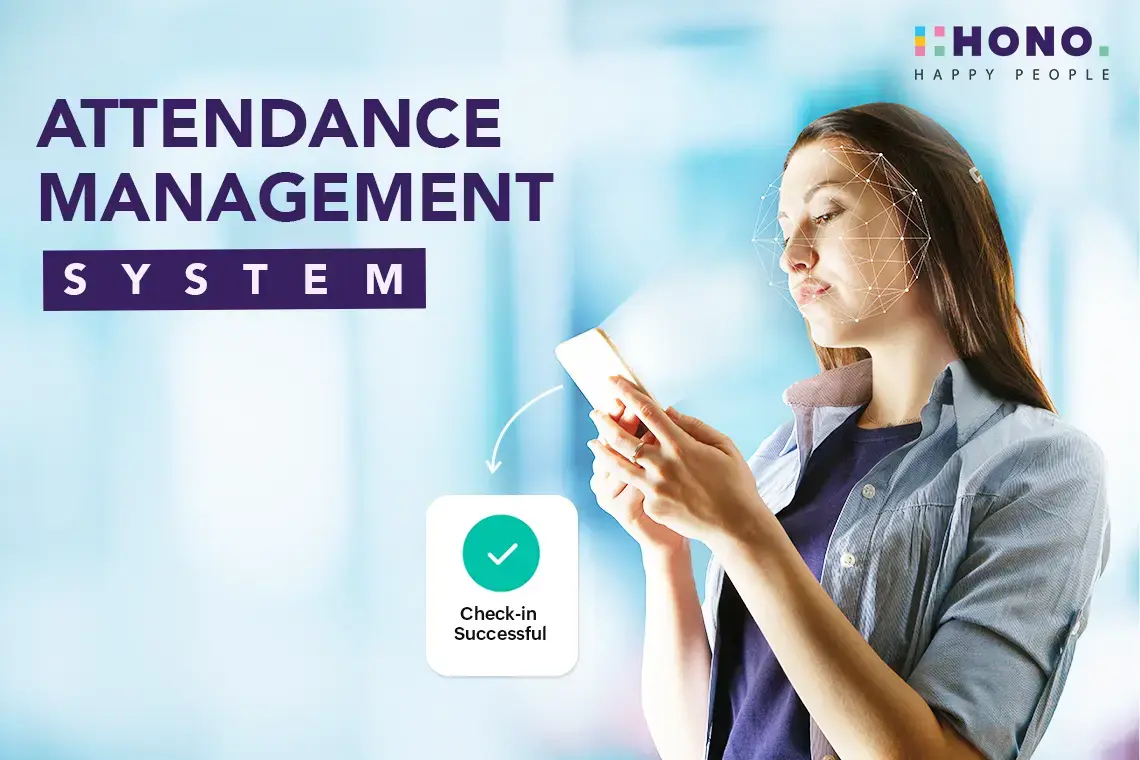Learning Management Systems (LMS) have emerged as indispensable tools for organizations seeking to foster employee growth and development. HONO, a leading Human Capital Management (HCM) software company, integrates LMS as a core component of its offerings, recognizing the essential role it plays in holistic employee development. This comprehensive guide details the basics of LMS and outlines its benefits, drawing insights from Gartner's study on strategic planning for successful LMS/Learning Experience Platform (LXP) implementation.
Decoding LMS, Understanding the Basics and Benefits
4 mins

What is a Learning Management System (LMS)?
A Learning Management System is a software platform designed to create, deliver, manage, and track educational courses or training programs within an organization. It serves as a centralized repository for all learning materials, providing easy access to resources, course content, and performance tracking tools for both learners and instructors.
Key Functions of a Learning Management System, LMS
Content Delivery: Facilitates the distribution of educational materials and courses.
Tracking and Reporting: Monitors learner progress and evaluates performance.
User Management: Manages learner profiles and administrative roles.
Assessment Tools: Provides tools for testing and assessment.
Collaboration Features: Enables communication and collaboration among users.
Benefits of Integrating LMS with HCM or HR Software
Integrating an LMS with HCM software like HONO provides a holistic approach to managing employee growth. It aligns learning initiatives with broader human capital strategies, ensuring that employee development is consistent with organizational objectives.
Enhanced Learning and Development
An integrated LMS and HCM platform facilitates a seamless learning experience, aligning employee development with performance management, succession planning, and talent acquisition.
Data-Driven Insights
The integration provides valuable insights into employee learning patterns, aiding in personalized learning experiences and informed decision-making.
Improved Engagement and Retention
A comprehensive LMS within an HCM framework enhances employee engagement and retention by providing growth opportunities and recognizing achievements.
Insights from Gartner's Study on LMS/LXP Implementation
Gartner's study "Use Strategic Planning to Improve the Success of LMS/LXP Implementation" highlights the importance of strategic planning in deploying these systems. The study reveals that organizations often face challenges such as timeline delays, configuration gaps, and misalignment with business strategies due to inadequate planning.
Key Findings
Strategic Planning is Crucial:
Lack of strategic planning can lead to increased risks and costs.
Building a Core and Extended Team is Essential:
A collaborative team is necessary to optimize the LMS/LXP.
Alignment with Business Objectives:
Aligning the LMS/LXP roadmap with business objectives supports critical L&D and business capabilities.
Recommendations
Dedicate Time for Planning:
Allocate at least four weeks for planning and readiness activities.
Engage a Collaborative Team:
Form a cross-functional team for planning and beyond.
Establish Clear Objectives:
Work with stakeholders to align learning goals with business priorities.
Implementing an LMS: A Strategic Approach
Dedicate Sufficient Time to Planning
Planning is the foundational phase of LMS implementation. It involves defining goals, identifying stakeholder priorities, and documenting requirements. This phase sets the tone for the build, deploy, and run phases, making it crucial to allocate adequate time and resources to it.
Build a Core and Extended Implementation Team
A diverse team encompassing various roles and responsibilities is key to a successful implementation. The team should include leadership, IT partners, project managers, system administrators, and subject matter experts.
Align the LMS/LXP Strategy with the Business Strategy
The LMS/LXP should be a catalyst for achieving business and learning objectives. This involves understanding how the system can support employee performance outcomes, and skills development, and overcome barriers to achieving these goals.
The Role of HONO in LMS Implementation
HONO's integrated HCM and LMS solution addresses the key areas outlined in Gartner's study. It offers a strategic approach to LMS implementation, ensuring alignment with organizational objectives and a smooth, effective deployment.
Strategic Planning with HONO
HONO emphasizes the importance of comprehensive planning, ensuring that the LMS aligns with both immediate and long-term business goals.
Building a Collaborative Team
HONO supports the formation of a core and extended team, leveraging its expertise to aid in the successful implementation and management of the LMS.
Aligning with Business Objectives
HONO's LMS is designed to seamlessly integrate with the company's broader human capital strategy, ensuring that learning and development initiatives directly contribute to organizational success.
Understanding the basics and benefits of LMS, especially when integrated with HCM software, is crucial for any organization looking to enhance its learning and development initiatives. The strategic insights from Gartner's study, combined with HONO's integrated approach, provide a robust framework for implementing and optimizing an LMS. By focusing on strategic planning, building a collaborative team, and aligning with business objectives, organizations can unlock the full potential of their LMS, driving employee growth and organizational success.
.png?width=70&height=70&name=Team%20HONO%20logo-01%20(1).png)
Team HONO








.jpg)
